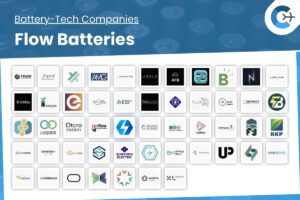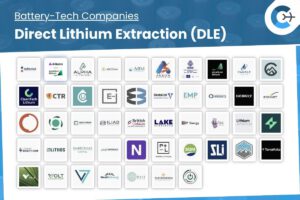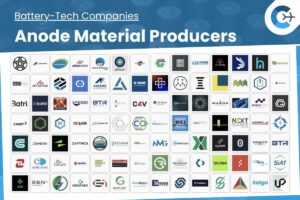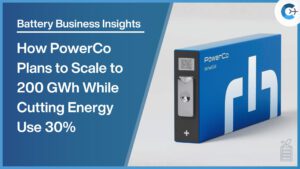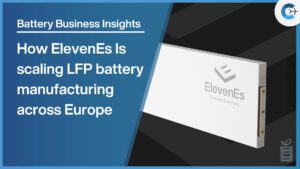The company’s Molten Salt Carbon Capture and Electrochemical Transformation (MSCC-ET) process converts CO2 emissions into multi-walled carbon nanotubes and battery-grade graphite using renewable energy (wind, solar, hydro). The sustainable graphite addresses battery manufacturing challenges (graphite ~50% of EV battery weight), and its carbon nanotubes improve charging/discharging rates, energy density, and durability. A Life Cycle Assessment by the Research Institutes of Sweden confirms significantly lower carbon footprints versus traditional methods.
High-quality multi-walled carbon nanotubes (CNTs) and battery-grade graphite derived from CO2 emissions, suitable for batteries, coatings, concrete, and composites.
In December 2023, the company secured €2.36 million in seed extension funding to build its first industrial production unit processing 100 tons of CO2 annually into 27 tons of advanced carbon materials. It is also developing a third-generation reactor, supported by a €1.5 million grant from Enterprise Estonia, to produce high-purity carbon for battery applications.
Extantia led a €4M seed funding round. Additional investors include SmartCap (Estonia’s state fund), Sunly, Scottish Baltic Invest, Little Green Fund, UniTartu Ventures, and Warsaw Equity Group.







